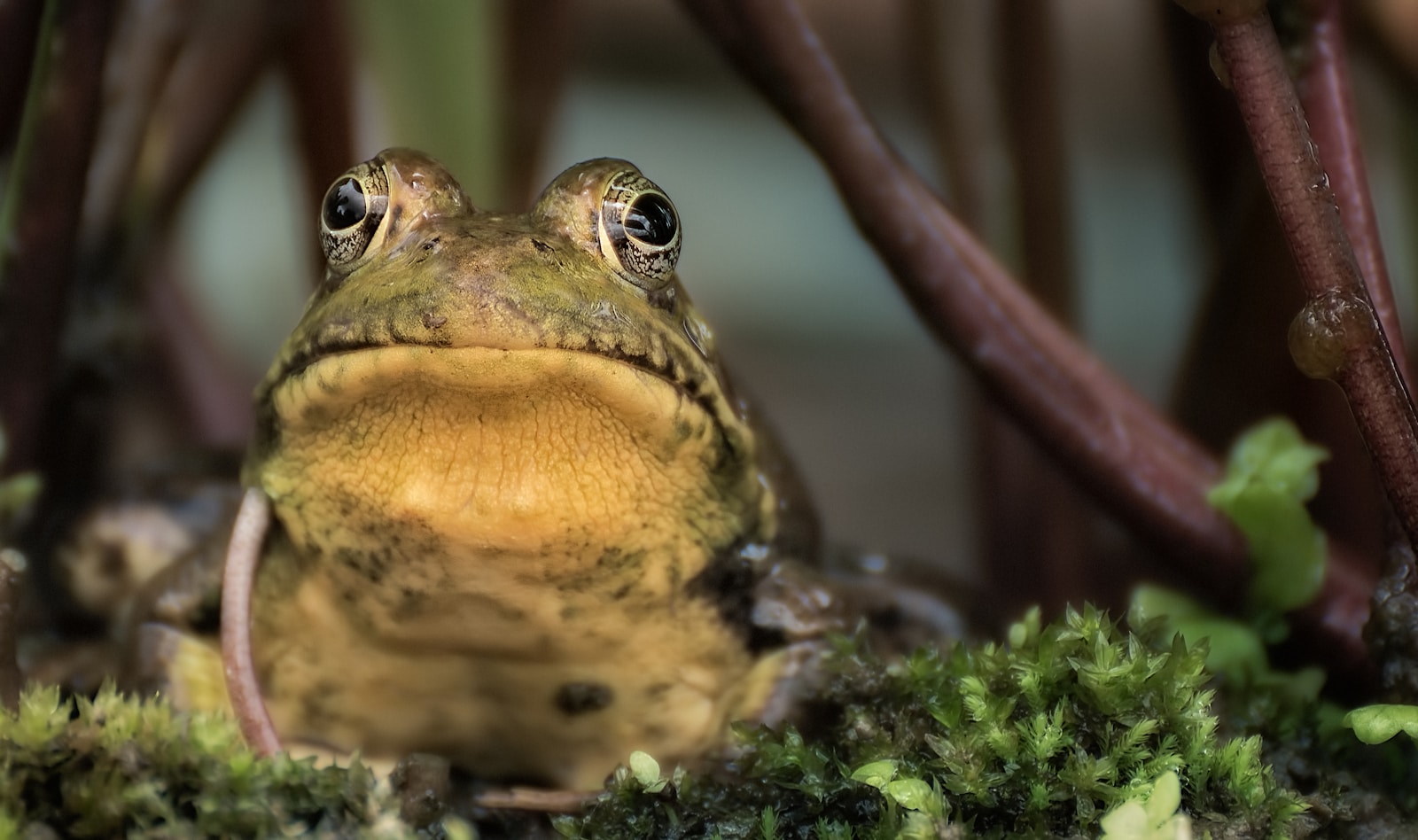
anfibio

amphibian
The Spanish word 'anfibio' translates to 'amphibian' in English. Amphibians are a group of cold-blooded vertebrates that includes frogs, toads, salamanders, and newts. They are characterized by their ability to breathe through their skin, lay eggs in water, and undergo metamorphosis from a juvenile water-breathing form to an adult air-breathing form. They are indicative of a healthy ecosystem due to their susceptibility to environmental changes.
Example sentences using: anfibio
El sapo es un tipo de anfibio.

The toad is a type of amphibian.
In this sentence, 'anfibio' is used to categorize a certain type of animal, which is a 'sapo' or 'toad' in English.
El anfibio vive tanto en agua como en tierra.

The amphibian lives both in water and on land.
This sentence highlights the amphibian's main characteristic, which is the ability to live both in water and on land.
El anfibio puede respirar a través de su piel.

The amphibian can breathe through its skin.
This statement focuses on the peculiar capability of amphibians to breathe through their skin, a trait not common to many animals.
La rana es otro ejemplo de un anfibio.

The frog is another example of an amphibian.
In this context, 'anfibio' is used to classify the 'rana' or 'frog'.
El ciclo de vida de un anfibio es fascinante.

The life cycle of an amphibian is fascinating.
This sentence discusses the intriguing aspects of an amphibian's life cycle.
Este es un libro sobre la vida del anfibio.

This is a book about the life of the amphibian.
In this example, 'anfibio' is the main subject of a book.
La adaptabilidad del anfibio a diferentes ambientes es admirable.

The amphibian's adaptability to different environments is admirable.
This sentence praises the amphibian's ability to adapt to various environments.
El anfibio puede sobrevivir incluso en climas extremos.

The amphibian can survive even in extreme climates.
Here, the sentence underscores the amphibian's resilience in extreme weather conditions.
Me gustaría estudiar más sobre el anfibio.

I would like to study more about the amphibian.
This sentence indicates the speaker's interest in learning more about amphibians.
El anfibio pasa por una etapa llamada metamorfosis.

The amphibian goes through a stage called metamorphosis.
This sentence references the metamorphosis phase in the amphibian's life cycle.